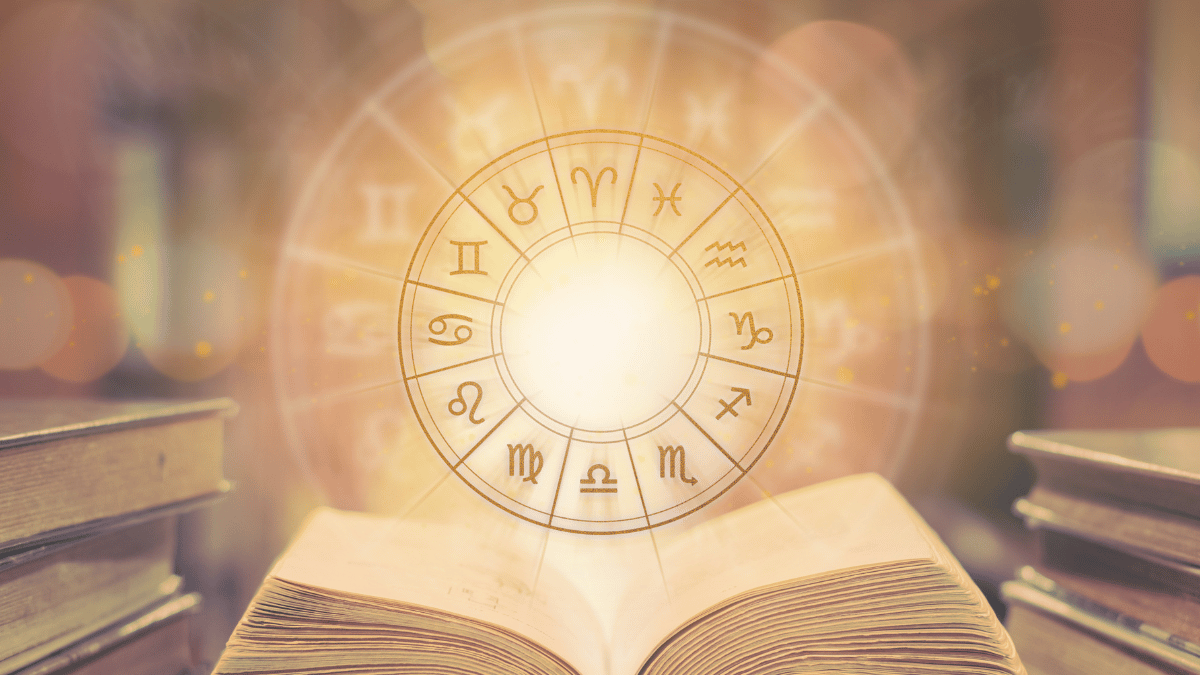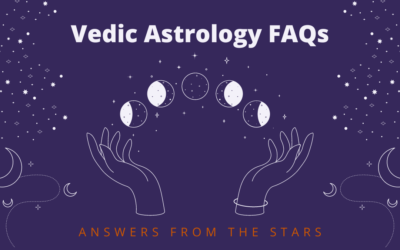| Avasthas | Planetary states or conditions in Vedic Astrology indicating the strength, vitality, or vulnerability of a planet based on its placement, aspects, and interactions with other celestial factors. |
| Bhava Chalit Chart | An alternate chart used in Vedic Astrology that adjusts the house positions based on the actual degree placements of planets, providing additional insights into planetary influences. |
| Dasamsa | The divisional chart in Vedic Astrology representing the tenth division of a sign, focusing on career, profession, and public image. |
| Dasha | A predictive system in Vedic Astrology based on planetary periods, wherein each major period (dasha) is ruled by a specific planet, influencing different aspects of life during its duration. |
| Gandanta | Critical degrees at the junctions between water and fire signs in the zodiac, associated with karmic challenges, transitions, and spiritual growth. |
| Graha | The Sanskrit term for planets in Vedic Astrology, including both visible celestial bodies (Sun, Moon, Mars, etc.) and shadow planets (Rahu and Ketu). |
| Graha Dosha | Afflictions or imbalances caused by challenging planetary placements or influences in a birth chart, requiring remedial measures or adjustments to mitigate their effects. |
| Graha Yuddha | Planetary war occurring when two or more planets occupy the same degree of a sign, signifying intense competition, conflicts, or power struggles in related life areas. |
| Guru Chandal Yoga | A planetary combination involving Jupiter (Guru) and Rahu (Chandal), indicating challenges related to ethics, beliefs, and spiritual growth, requiring careful navigation and remedial measures. |
| Hora | A divisional chart in Vedic Astrology representing the second division of a sign, used for assessing wealth, financial matters, and material prosperity. |
| Karakas | Significators or indicators in Vedic Astrology representing specific life themes or experiences associated with each planet, guiding the interpretation of planetary placements in a birth chart. |
| Lagna Lord | The ruler of the Ascendant in a birth chart, exerting significant influence over the individual’s life path, temperament, and overall well-being. |
| Muhurta | A predictive system in Vedic Astrology based on planetary periods, wherein each significant period (dasha) is ruled by a specific planet, influencing different aspects of life during its duration. |
| Nakshatras | The 27 divisions of the ecliptic, each approximately 13.20 degrees wide, identified by prominent star clusters and associated with specific qualities and deities, used for timing events and character analysis. |
| Navamsa | The divisional chart in Vedic Astrology representing the ninth division of a sign, providing insights into marriage, partnerships, and spiritual inclinations. |
| Panchang | An astrological almanac in Vedic Astrology containing information about auspicious timings, planetary positions, and celestial events for specific dates and locations. |
| Planetary Aspects | Angular relationships between planets in a birth chart, indicating their influence on each other and shaping various life experiences and potentials. |
| Planetary Retrograde | The apparent backward motion of a planet in its orbit as observed from Earth, signifying a period of introspection, review, and reconsideration of related life themes. |
| Planetary Strength | The relative potency of a planet in a birth chart based on its placement, dignity, aspects, and other factors, influencing its capacity to manifest its significations positively or negatively. |
| Planetary Transit | The movement of planets through the zodiac signs and houses over time, indicating temporary influences and triggering events or changes in individual lives and collective trends. |
| Prashna | The branch of Vedic Astrology focused on answering specific questions or concerns through the casting and analysis of a chart at the moment of inquiry, providing insights and guidance for immediate decisions or actions. |
| Rashi | A zodiac sign in Vedic Astrology, each representing a specific energy archetype, personality traits, and life themes. |
| Rahu and Ketu | The lunar nodes in Vedic Astrology, representing the points of intersection between the Moon’s orbit and the ecliptic, associated with karmic influences, desires, and spiritual evolution. |
| Shadbala | The selection of auspicious timings for initiating essential activities or events based on astrological considerations, ensuring favorable outcomes and success. |
| Vimshottari Dasha | A system of planetary strengths in Vedic Astrology, assessing planets’ relative power and influence based on various factors such as position, directional strength, and temporal strength. |
| Yoga | Conjunctions or planetary combinations in a birth chart that produce specific effects or outcomes, influencing one’s life path, abilities, and circumstances. |





0 Comments